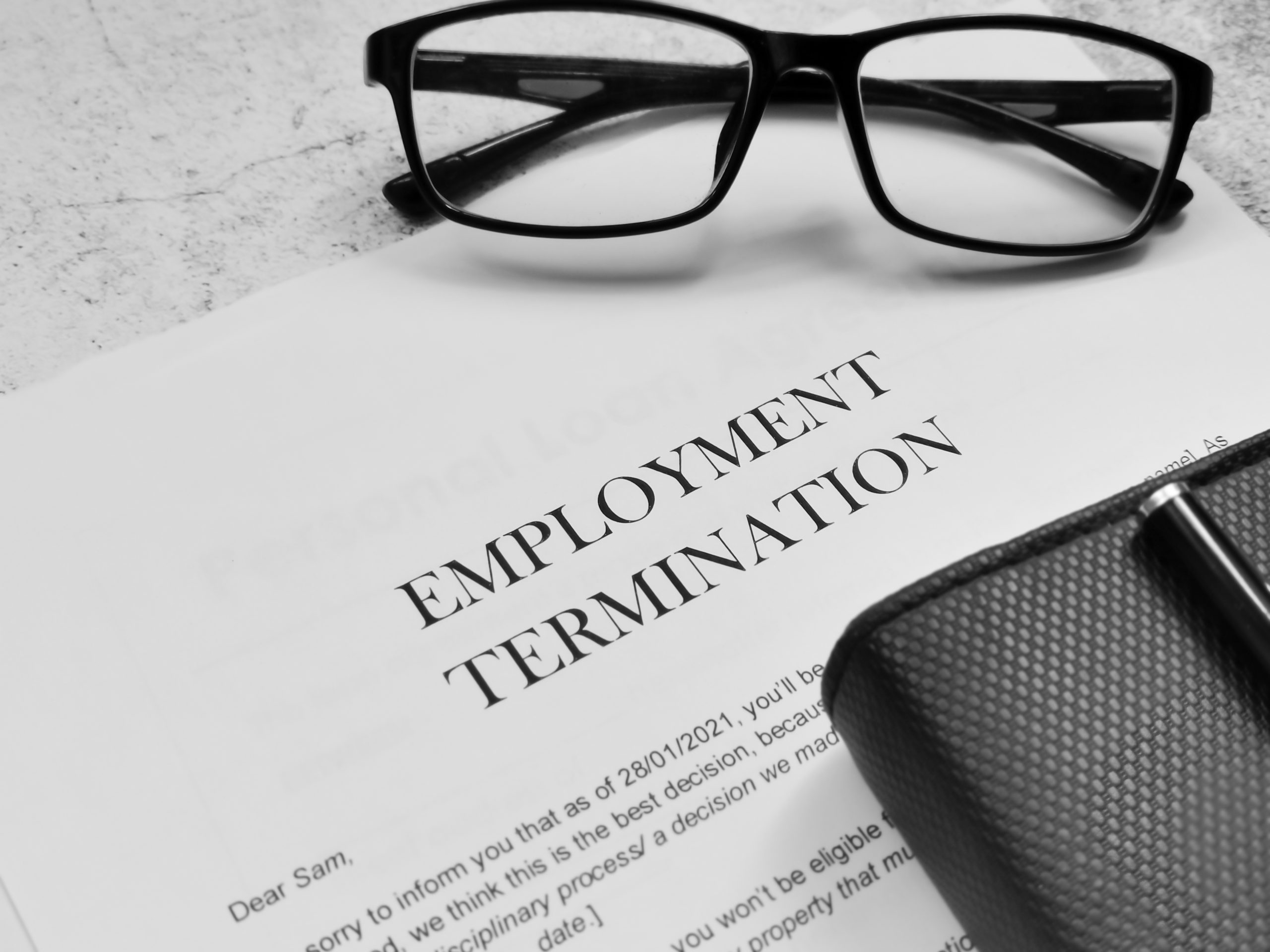Workplace stress has become a major contributor to mental health issues in the UK. Latest statistics from the Health and Safety Executive (HSE), report that around 776,000 workers reported suffering from work-related stress, depression or anxiety. That is part of the wider figure of 1.7 million workers reporting work-related ill-health.
Of those 33.7 million total days lost, an estimated 16.4 million were because of stress, depression or anxiety.
These are significant figures for employers – and underline the importance of proactively supporting mental health and reducing stress at work.
Recognising the signs of stress
If stress goes unmanaged, it can lead to serious long-term mental and physical health problems such as anxiety, cardiovascular issues, muscle tension, sleep disorders and more.
Key signs may include:
- Loss of interest in work or tasks once enjoyed
- Drop in quality of work or performance
- Loss of sense of humour or lightness in the workplace
- Reduced communication, withdrawal or isolation
- Increased sickness absence or frequent short-term absence
- Difficulty concentrating or making decisions
- Poor time-keeping or missed deadlines
- Tiredness, irritability, restlessness
- Physical symptoms (headaches, nausea, aches & pains)
The legal duty on employers
Whatever the size of the organisation, employers have a duty to ensure the health, safety and welfare of all their employees – and that includes mental health. Under HSE regulations, employers must carry out risk assessments for health and safety, which includes psychosocial hazards (e.g., excessive workload, lack of control, poor support). The HSE’s guidance emphasises the need to identify groups of workers who may be at particular risk and record the significant findings of the assessment (this is required if the business has five or more employees).
What to do if an employee is signed off due to work-related stress
When an employee is off work because of stress you must engage supportively. It’s a good idea to try to speak with them as soon as possible to find out how you might be able to alleviate the causes of stress, and help facilitate their return to work. Here are recommended steps:
- Speak to the employee (in person, by phone or video) at an early stage. If meeting in person, a neutral setting may help them feel more relaxed.
- Approach the discussion sensitively: focus on how you can support rather than pressuring them. Ask about the work-related factors contributing to their stress (and ask what adjustments might help) — but do not force disclosure.
- Conduct or revisit a risk assessment, looking explicitly at the work-related factors (e.g., workload, hours, role clarity, support) and identify if reasonable adjustments are needed.
- Work with the employee to create an action plan outlining the steps the employer will take to alleviate these stressors and support their recovery and return. This may include temporary changes (reduced hours, modified duties, phased return, shift changes).
- Maintain reasonable and appropriate contact while they are off work. Regular contact (in line with the employee’s preference) helps avoid isolation and ensures both sides remain aligned.
- When they are ready to return to work, schedule a return-to-work discussion: review the reasons for the absence, identify any remaining support needs or adjustments, and agree how you will monitor progress.
Keeping in touch: balancing support and boundaries
Whilst there is no statutory obligation to contact an employee who is off with stress, maintaining appropriate contact is best practice. It shows care, reduces isolation and helps planning for a return. At the same time, you must balance not imposing or pressurising the employee. Agree a communication plan (how often, by what means, who will contact) based on the employee’s preference and health status.
A proactive approach to stress management pays off
Addressing stress only once someone is unwell is reactive. A proactive wellbeing strategy is far more effective at preventing escalation into more serious issues like burnout or long-term absence. Key elements include:
- Training line-managers to recognise and respond to stress and mental health issues. Many organisations still don’t provide this even though managers are on the front line.
- Ensuring good work design: manageable workloads, clarity of role, balanced demands, autonomous decision-making, supportive culture.
- Encouraging a psychologically safe culture: where employees feel able to speak up about stress and mental health without fear.
- Regular monitoring of workforce wellbeing: survey results, absence data, staff turnover, engagement metrics. For example, a 2025 wellbeing report found a troubling decline in employee wellbeing across the UK workforce, particularly among under-35s, frontline managers and men.
- Embedding support: access to counselling or mental-health services, flexible working options, peer support networks, reasonable adjustments.
- Monitoring trends and reviewing risk assessments annually (or sooner if there are organisational changes or a rise in absence).
Legal and commercial implications of unmanaged stress
If an employee raises concerns about work-related stress, there is potential for formal complaints or legal claims if they feel the organisation hasn’t taken reasonable steps to support them. This can become complex, particularly where stress leads to a medical condition that has a substantial and long-term effect on day-to-day life, as this may meet the definition of a disability under the Equality Act 2010.
Failing to manage workplace stress properly can expose employers to:
- Disability discrimination claims (including failure to make reasonable adjustments)
- Personal injury claims relating to psychological harm
- Constructive dismissal claims if the employee resigns due to unmanaged stress
- Breach of health and safety duties for not identifying and controlling workplace risks
- Beyond legal exposure, unmanaged stress can damage productivity, increase sickness absence and staff turnover, and harm your reputation as an employer.
Given the potential risks, employers should take concerns seriously, ensure risk assessments are carried out, and implement appropriate adjustments and support. If faced with a work-related stress complaint or potential claim, it’s wise to seek guidance from specialist employment law advisers at an early stage.
Stress awareness in the workplace: final thoughts for employers
- Keep your risk-assessment and wellbeing strategy up to date.
- Encourage open conversations and reduce stigma around mental health
- Train line-managers, refine work-design, build strong support systems and use metrics to track progress.
- Ensure that if someone is off work with stress, you treat the absence as a work-related risk, not just “sick leave” – review what can be changed, adjust work where needed, and plan for a return.
- Remember: managing stress isn’t just a “nice to have”; it’s part of your duty as an employer and a key business concern in 2025 and beyond.



